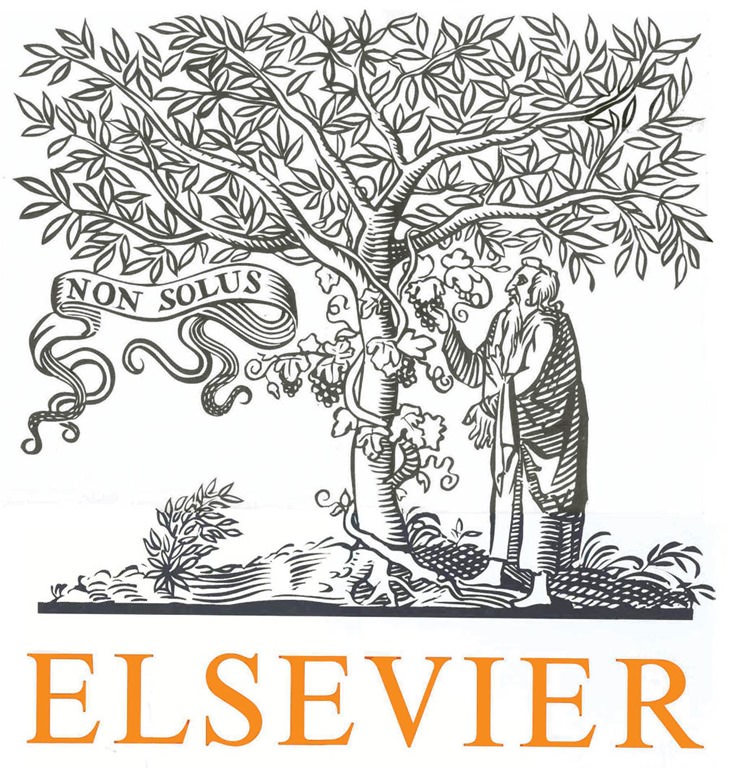6. Discussion
This research examined consumer hope in an online retailing context, and specifically tested a model of the psychological mechanisms that facilitate consumers’ positive experiences in such a context. By assessing the role of consumer hope in relational exchanges, our understanding of the customer–brand relationship is enhanced, leading to implications for online retailers to garner higher levels of brand loyalty. It was hypothesised that customer-perceived brand value (in terms of quality, price, social and emotional dimensions) would have a positive impact on consumer hope. Each of these types of value was argued to increase customer confidence in the brand and with purchase-related outcomes, thus leading to higher levels of hope that such outcomes would be achieved (e.g., Sweeney and Soutar, 2001). Three of the relevant hypotheses were supported (H1–H3): perceived brand value with regard to quality, price and social dimensions had a positive impact on consumer hope. However, the fourth hypothesis (H4) – perceived brand value with regard to the emotional dimension – was rejected. In this regard, it appears that consumer hope is predicted by customers’ perceived value in relation to the quality, price and social implications of the brand, but not the emotional dimension. Thus, perceptions of performance of the brand (i.e., quality) in terms of meeting purchase-related goals (Goldberg et al., 2013), perceptions of benefits outweighing costs in terms of price (Sweeney and Soutar, 2001), and perceptions of the extent to which the brand can enhance social self-concept (Snyder, 2002) create hope in the customer. However, the extent to which the brand creates positive feelings in the customer does not lead to the creation of hope. This is consistent with conceptions of hope as being a cognitive-focused state (e.g., Youssef and Luthan, 2007; Ojala, 2015), under which hope is composed of both agency and pathways to reach desired goals; quality, price and social dimensions of value appear therefore to be more goal-oriented than the emotional dimension.








